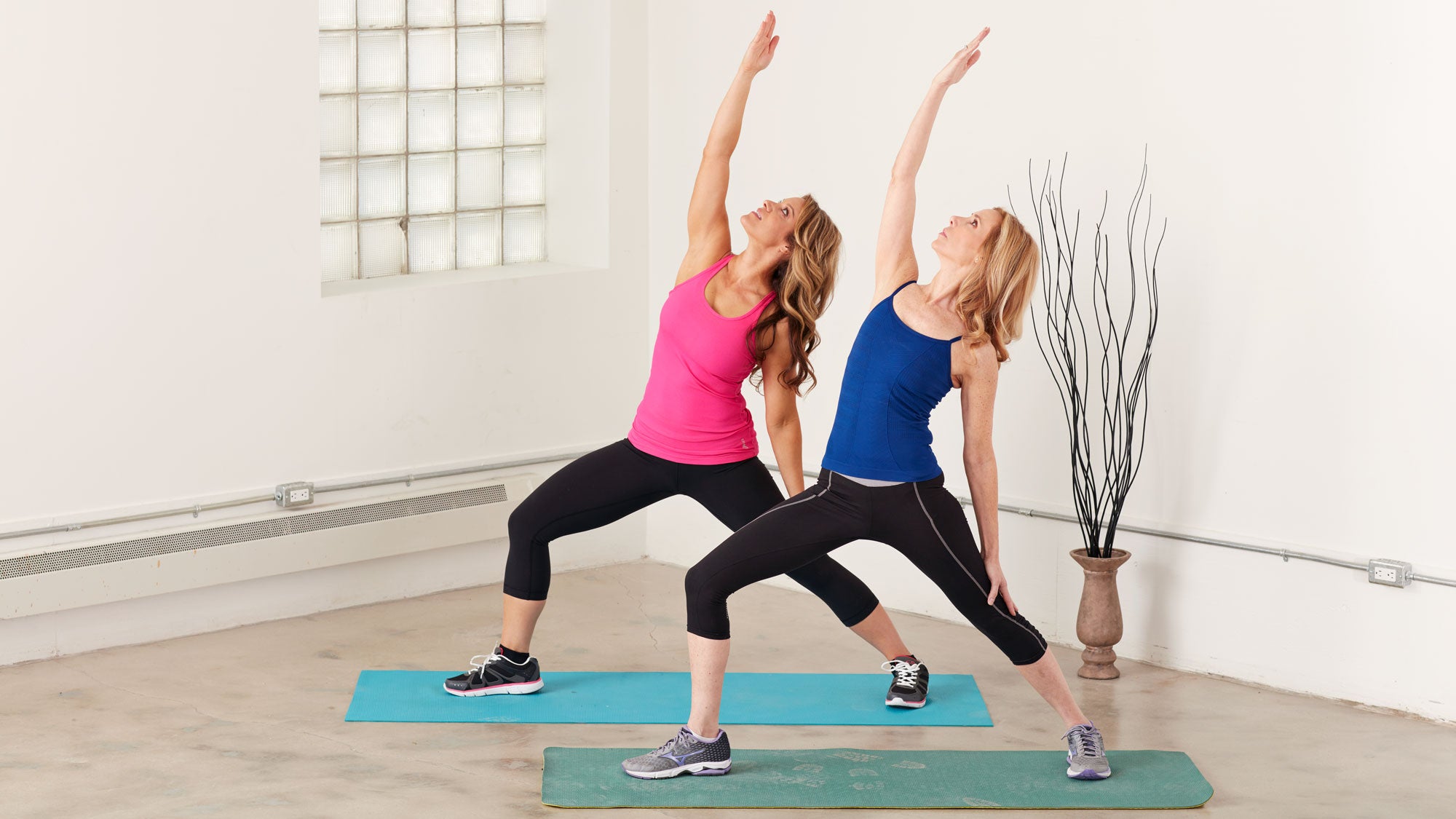Does Exercise Speed Up Weight Loss?

Eat clean and get lean with our dietitians, Erin Macdonald and Tiffani Bachus. Find out when their new course, A Whole-Life Guide to Lasting Weight Loss, launches. Register now!
You’ve probably heard the age-old advice for losing weight – eat less, move more. Is it really that simple or is there more to it than that?
Yes and yes.
From a numbers perspective, weight loss occurs when more calories are burned than taken in. But weight loss does not occur in a vacuum; nor does it occur in a linear fashion. You don’t just take in a certain number of calories, burn a certain number and lose a guaranteed amount of weight each week.
If only it were that simple!
There are various factors which influence weight loss, including dietary composition, exercise, sleep, stress, and body composition. Each one affects your energy expenditure which in turn impacts the rate at which you lose weight.
Studies show that both diet and exercise are important for losing weight and maintaining that lost weight. In the initial phases of losing weight, diet plays a greater role, while in maintenance, exercise is key.
Cardio vs. Weight Training
Exercise covers a wide variety of activities. There are cardiovascular activities, also known as aerobic exercise, which are important for heart health as well as calorie expenditure. Weight or resistance training focuses on individual muscle groups to create more metabolically active tissue, which will increase metabolism. Core training, which includes yoga and Pilates, is important for strengthening your core (the muscles located between your neck and hips) and improving balance. The last and most often overlooked activity is stretching, which is important for flexibility.
A good exercise regiment has a combination of all four of the above-listed disciplines. It is important to spend some time each day doing an aerobic activity, such as walking, dancing, hiking, cycling, or swimming. According to health.gov, at least 150 minutes of moderate to vigorous activity per week are recommended for weight maintenance. For weight loss, increase moderate-intensity aerobic physical activity to 300 minutes (5 hours) each week or increase vigorous-intensity aerobic physical activity for 150 minutes (2 hours and 30 minutes) each week. Weight or resistance training should be done at least three days a week. Activating and creating new muscle tissue is what drives metabolism.
How to Speed up Your Metabolism While Dropping Pounds
During weight loss, your metabolism decreases, because some of the lost weight is comprised of lean tissue and also a lower weight requires fewer calories to maintain. By creating new muscle tissue, you can offset a decline in metabolism. Muscle is like a furnace, burning calories to keep you warm. Activities that work the core, such as planks, balancing on an unstable surface, yoga, and Pilates strengthen your body, improve your posture, and help with balance. Most hip and wrist fractures in elderly people occur because of falls related to poor balance. It’s never too late to improve your balance.
In addition to weight loss, exercise can help lower blood pressure and blood sugar, which can reduce risk of heart disease and diabetes, as well as cancer. The best exercise to do is one that you enjoy. It will benefit you physically as well as reduce your stress level and help you sleep better, behaviors that also impact your weight.
See also Get Proactive: How to Eat to Prevent Cancer.
Tighten Your Core with this Do-Anywhere Move
Registered dietitians Tiffani Bachus and Erin Macdonald are the co-founders and creators of URockGirl.com, a website dedicated to promoting wellness and a healthy, balanced lifestyle.